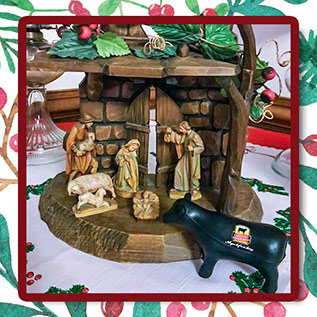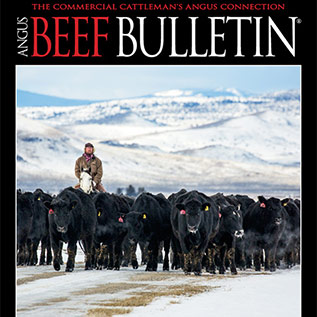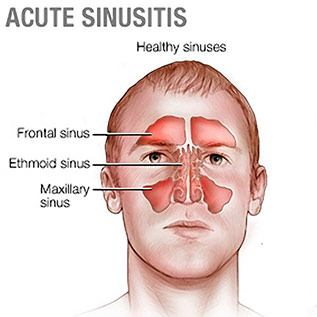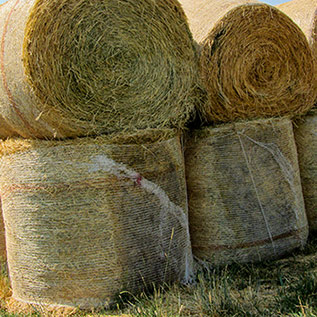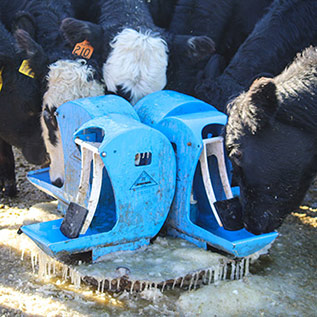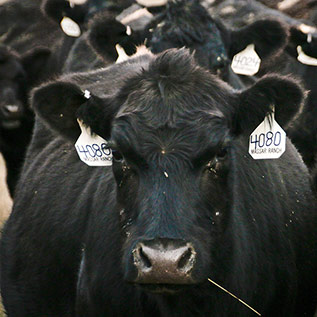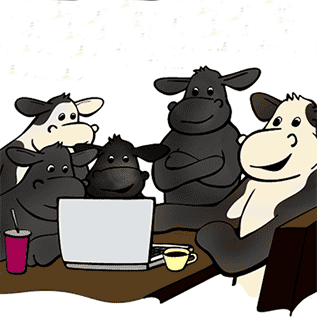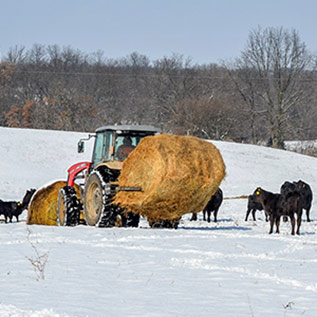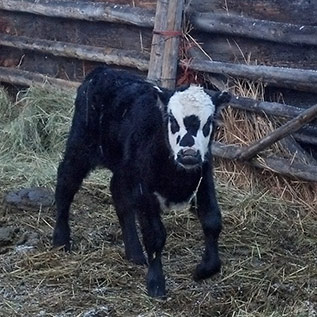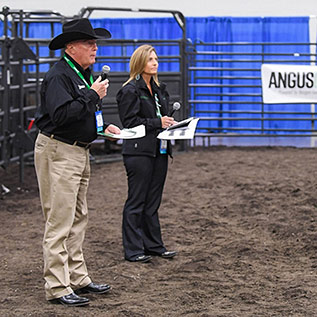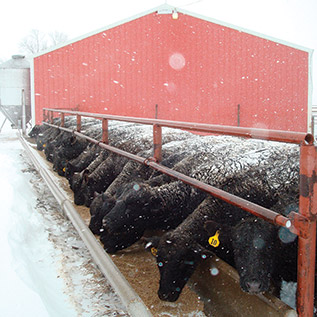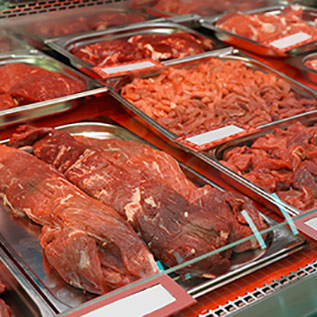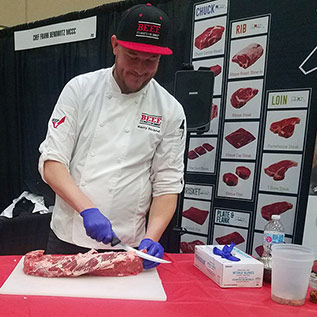Drop Credit Update and Outlook
CattleFax offers explanation of lower-trending hide and offal markets.
The drop credit value, also known as hide and offal, consists of everything besides whole muscle cuts or trim from cattle when they are harvested.
Some examples of drop-credit products include variety meats, tallow and meat-and-bone meal. A major component is the hide, which equates to roughly one-third of the total value.
Since the cattle cycle highs were made in 2014, hide values have been trending lower. At the peak in late 2014, the value for hides was more than $114 per head. Currently, hides are only adding an additional $40 per fed steer, the lowest since 2009.
The price pressure is a result of larger supply and weaker demand. Fed slaughter has grown the last few years, putting more hides on the market. Softer demand for hides is a function of a slowdown in world auto sales and an increase in synthetic leather usage.
On the other hand, while hide values have been plummeting, variety meats, which make up another one-third of the drop credit, have managed to remain relatively flat since 2016. In fact, variety meats’ 2009 low was $23.92 per head on a weekly basis, and have climbed to $56.98 per head at the end of 2018.
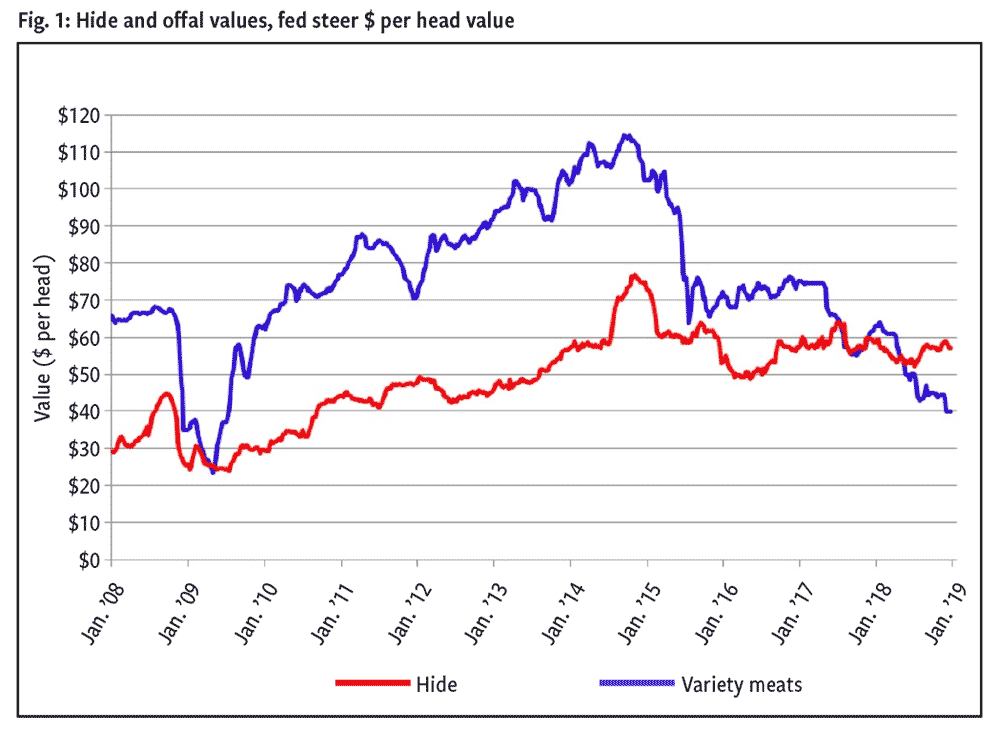
Still, the significant increase in variety-meat price was not enough to offset the drastic decline in hide values, which resulted in the drop credit falling below $9 per hundredweight (cwt.) for the first time since 2009.
In 2019, CattleFax expects pressure to continue for the drop credit.
The hide and offal value is forecast to trade in a range of $8-$10 per cwt., and average $9 per cwt. for the year, or 60¢ below 2018.
Now, when you consider the historically large margins the packing segment is currently garnering, it’s likely the depressed drop credit has minimal impact on fed-cattle prices.
However, whenever packers do encounter squeezed margins, the drop credit will play a bigger role in the fed market.
Editor’s note: This article and video are provided by CattleFax. For more information, visit www.cattlefax.com.


